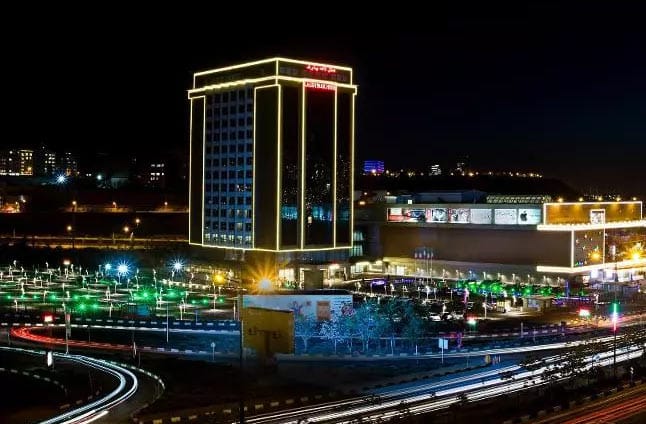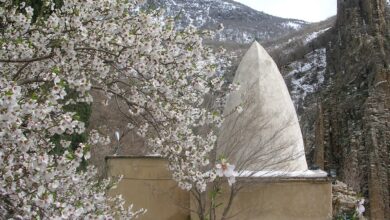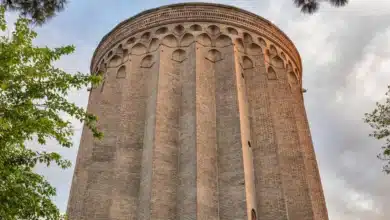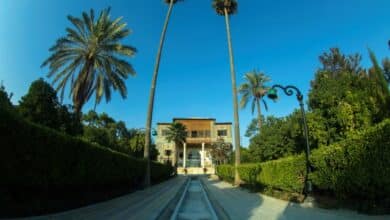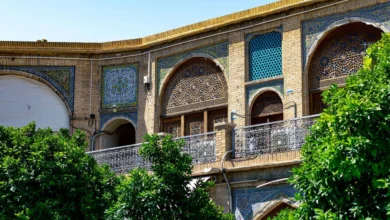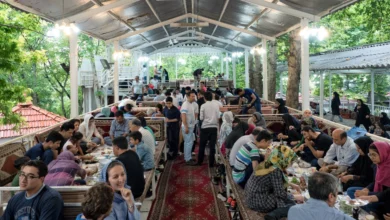Tabriz Jameh Mosque: An Icon of Iranian-Islamic Architecture
Why Visit Tabriz Jameh Mosque?

What’s the first thing that comes to mind when you think of Iranian architecture? For many travelers, it’s the intricate domes, symmetrical courtyards, and timeworn bricks whispering centuries of history. At the heart of Tabriz, a city steeped in culture and trade, stands the Jameh Mosque of Tabriz, a site that bridges ancient Seljuk roots with Qajar restorations and Ilkhanid art.
It’s not just a mosque—it’s a living record of Iran’s architectural evolution.
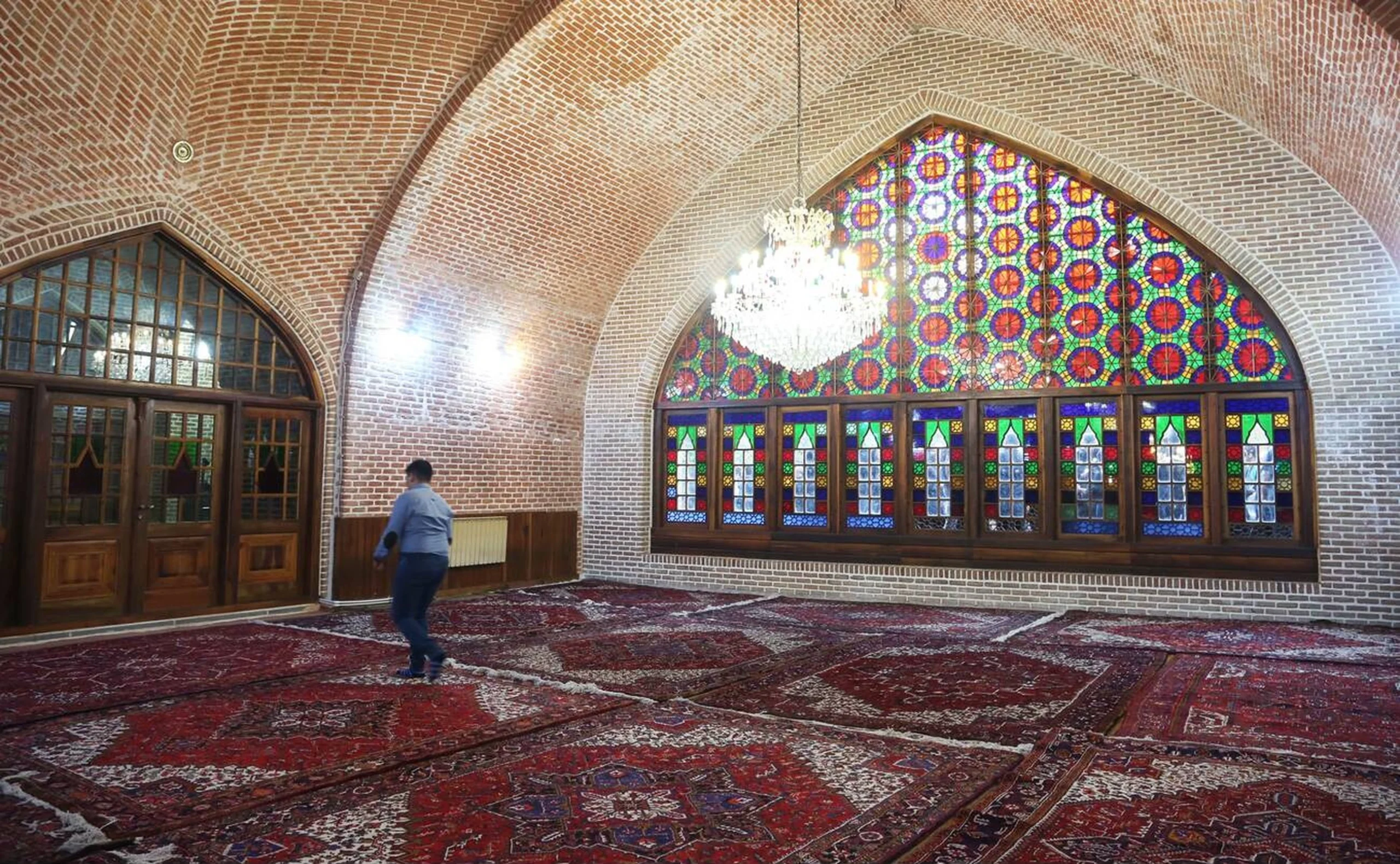
Contents
Where Is Tabriz Jameh Mosque?
Location: East Azerbaijan Province, Tabriz, Motahari Street
You’ll find this historic mosque at the southern end of the Grand Bazaar of Tabriz, between Hojjatoleslam Mosque and Mirza Esmail Khale Oghlu Mosque in the Talebieh School courtyard.
Location
The Tabriz Jameh Mosque sits inside the bazaar, accessible only by walking through its maze of covered brick alleys. Getting there by bus or taxi is simple. The nearby “Islamic Republic Terminal” offers a direct route, followed by a 5-minute walk. Driving is possible, but finding parking near the bazaar is difficult due to heavy traffic.
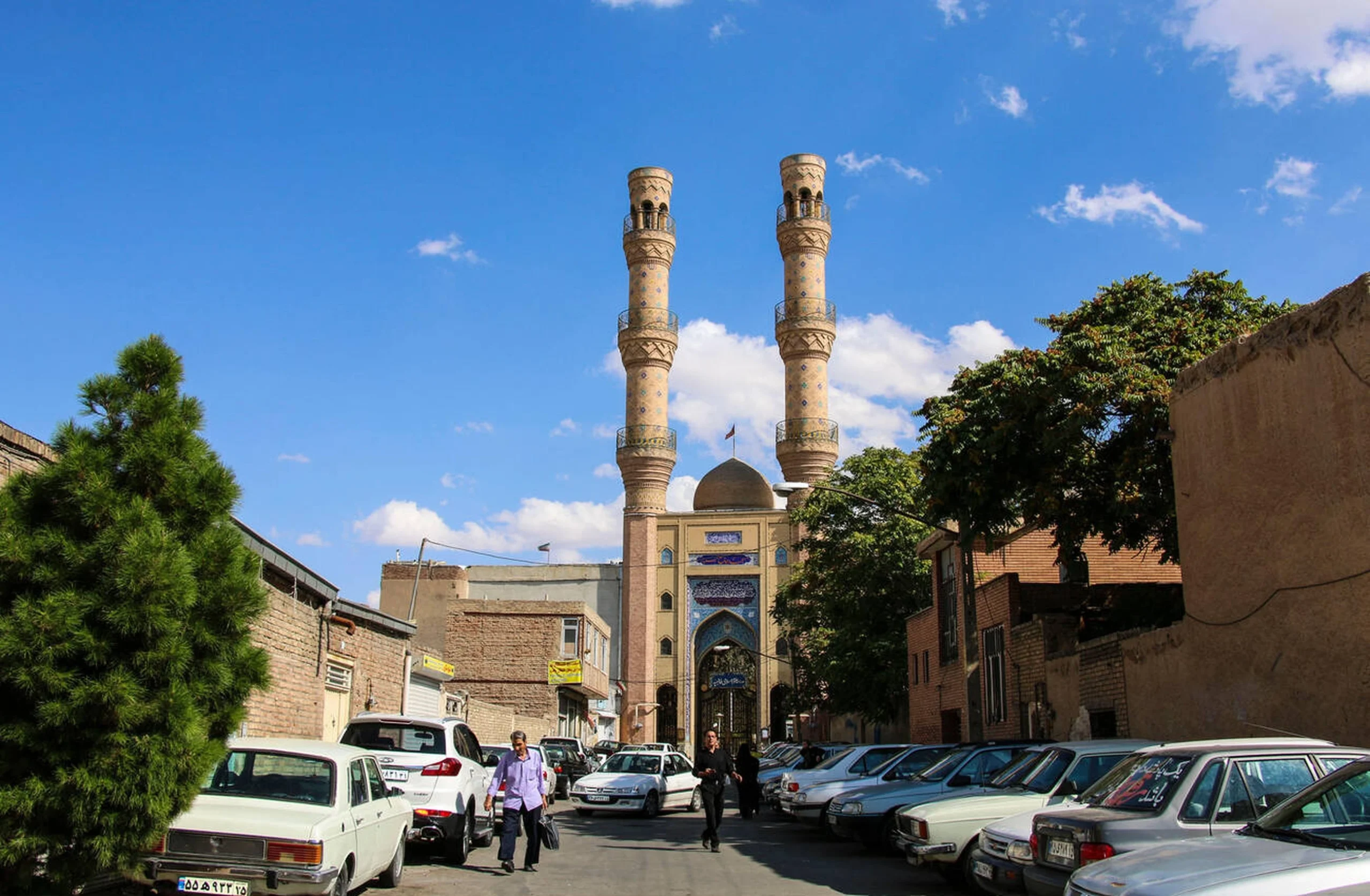
A Glimpse Into History
Built Under the Seljuks
The origins of Tabriz Jameh Mosque trace back to the Seljuk era, around the 11th or 12th century CE. While the exact founder remains uncertain, historic records like the Marzban-nama mention a figure named Abdollah ibn Amri linked to its early construction.
Over the centuries, the mosque endured numerous earthquakes, including the destructive quake in 1913, which damaged many parts of the building.
Rebuilt and Restored
During the Qajar period, under the rule of Hossein Qoli Khan Donboli, major restoration efforts gave the mosque its present shape. Later, a benefactor known as Haj Baqer Kolkateh added a large prayer hall and a library for religious studies. These changes, while altering the mosque’s appearance, preserved its historical core.
The mosque was officially registered as a National Heritage Site of Iran in 1931.
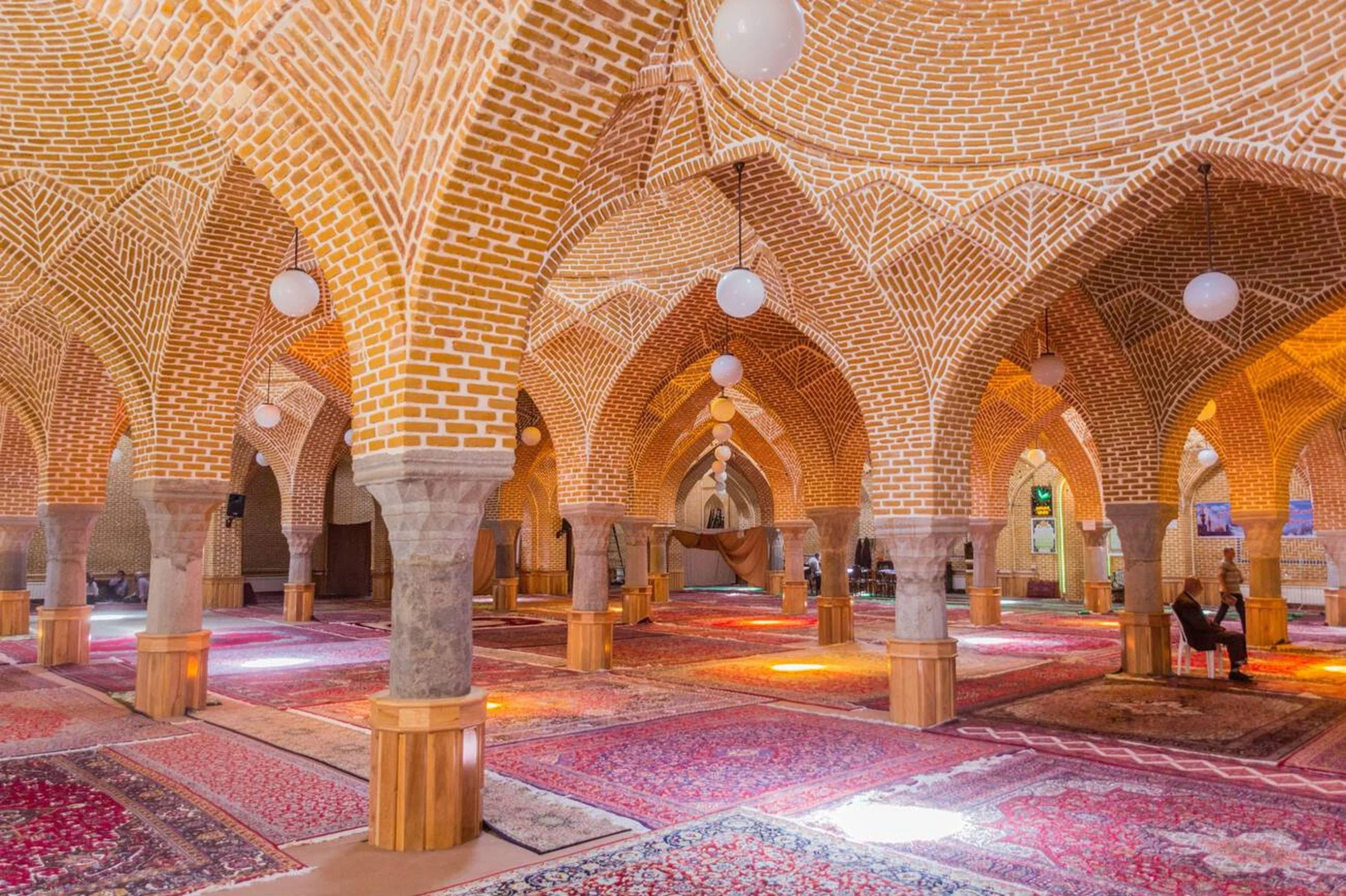
Architectural Brilliance Through the Ages
From Prayer Hall to Grand Mosque
Initially a modest prayer space, the Tabriz Jameh Mosque evolved through continuous renovations. Experts believe it began as a single-iwan mosque and later transformed into a double-iwan design, reflecting typical Iranian mosque architecture.
Some historians suggest it drew inspiration from Firuzabad Palace, revealing how Iranian mosques blended royal and religious architectural styles.
Today, the mosque occupies a rectangular layout made of brick and plaster, featuring two main entrances—north and south. The north entrance leads to the courtyard, while the south entry opens into adjacent alleyways and eventually connects to the mosque’s main hall.
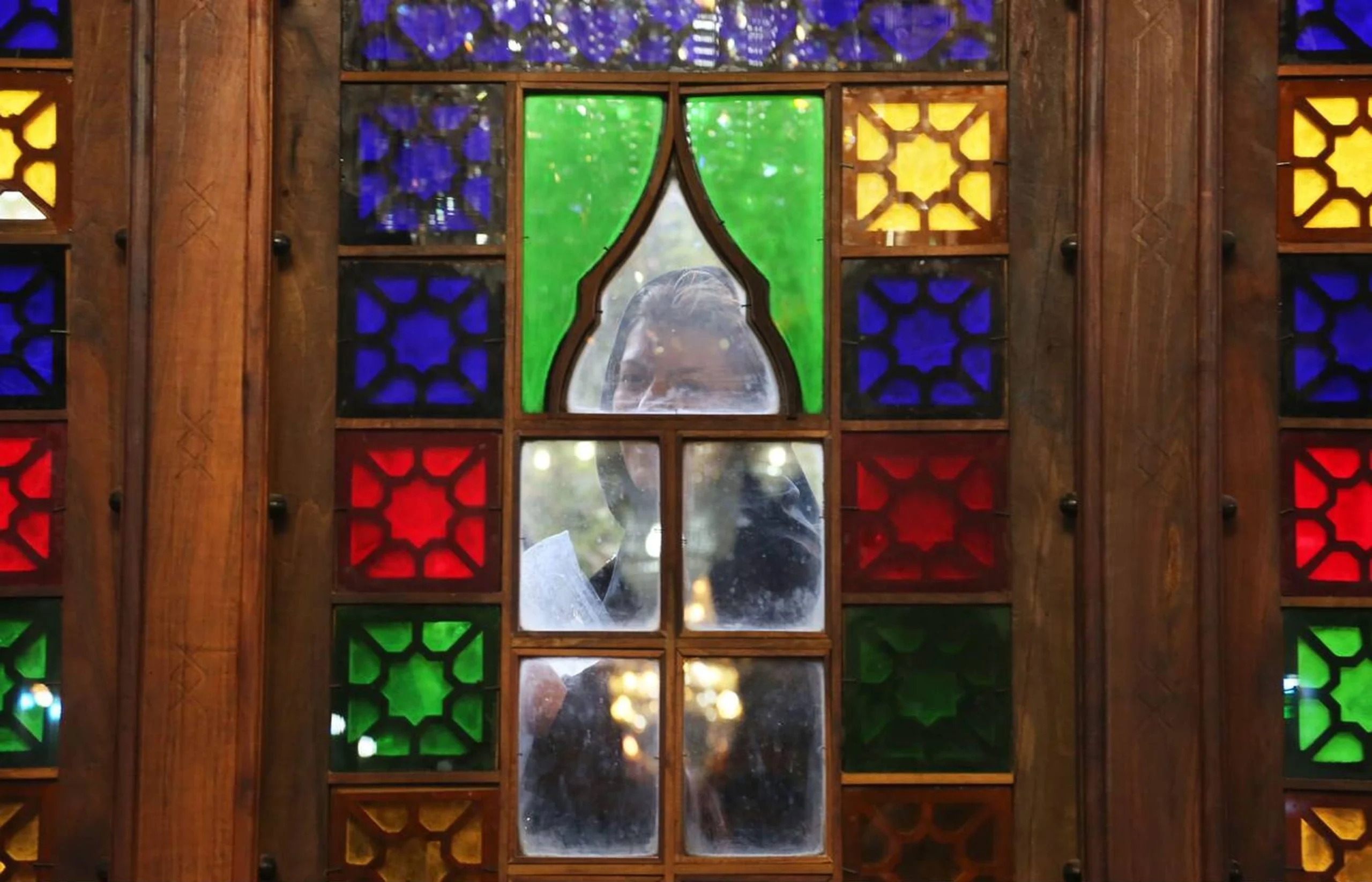
Key Features of the Mosque
- Length: Approximately 62 meters
- Interior Division: Two main sections separated by thick columns
- Mihrab: Simple but elegant, carved from white marble in Safavid style, showcasing spiral motifs and refined stonework
- Structural Elements: Thick arches, massive brick pillars, and high ceilings dominate the interior
The Mihrab: A Masterpiece of Ilkhanid Art
Walk inside the Tabriz Jameh Mosque, and your eyes are drawn to the mihrab, a symbolic niche indicating the direction of prayer. It’s a focal point of Ilkhanid-era stucco artistry, known for its three-dimensional floral, geometric, and calligraphic designs.
The Kufic-script inscription above the mihrab dates to the Mongol Ilkhanate, revealing a blend of Persian artistry and Central Asian influence. Despite the passage of time and damage from natural disasters, this mihrab remains one of the most ornate examples of medieval stucco decoration in Iran.
Stucco Details
- Multi-layered carvings
- Intricate geometric and vegetal motifs
- Estimated age: Over 300 years
- Historical rarity: Among approximately 42 known Ilkhanid mihrabs, only a few remain in situ; many are preserved in global museums
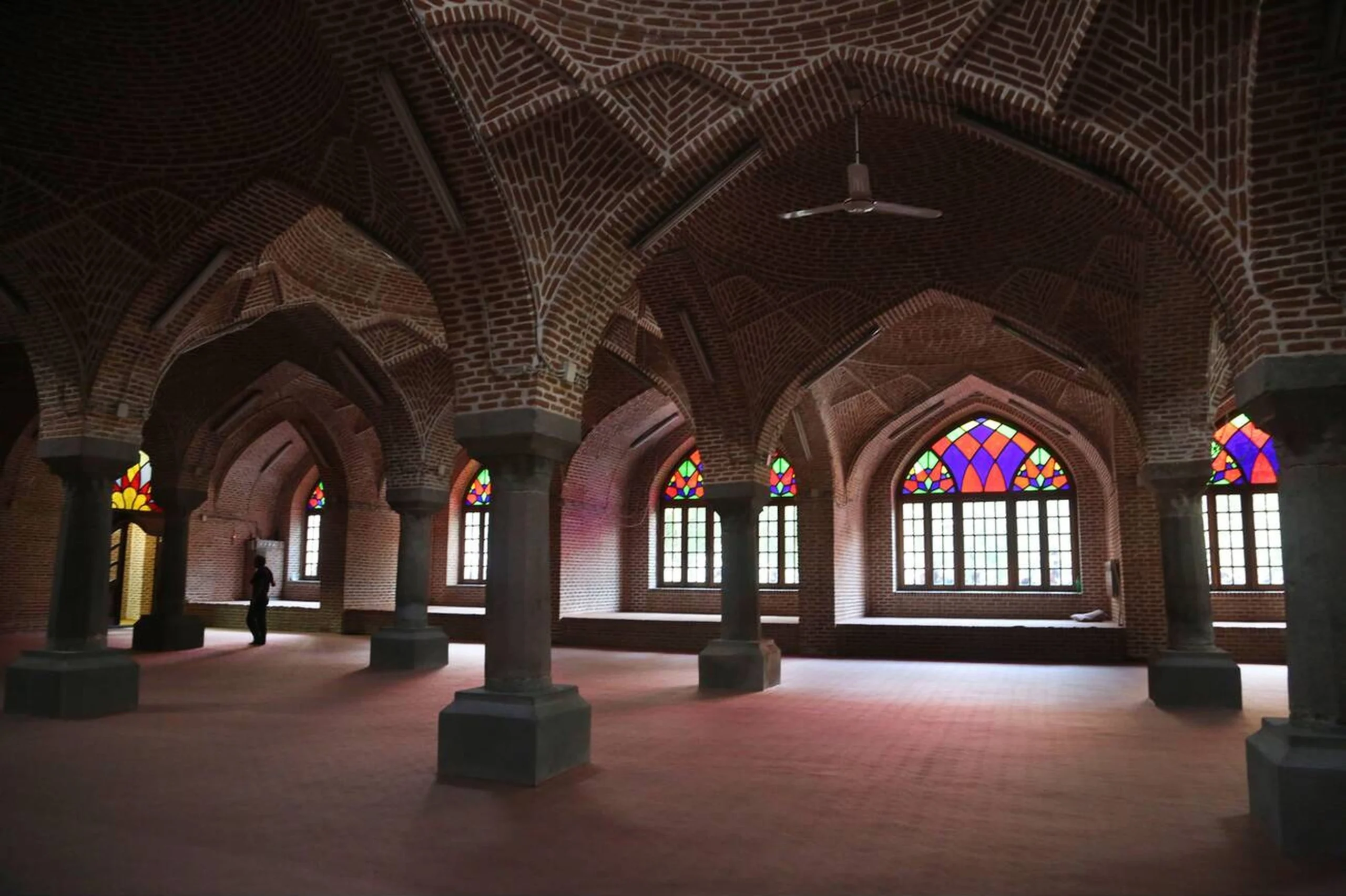
Hidden Corners and Forgotten Chambers
Did you know there’s a “winter mosque” attached to the eastern wall of the Tabriz Jameh Mosque complex? Local accounts suggest this darker, more insulated area—with ten tall columns and brick vaulting—served as a seasonal prayer hall.
In recent years, the Iranian Cultural Heritage Organization restored this section, preserving its historical integrity.
Historical Inscriptions
- North Entrance: Features a stone inscription by Alaeddin Mohammad Tabrizi in 1572 CE, describing a dream of Shah Tahmasp I
- Western Arch: Another inscription commissioned by Shah Sultan Hossein in 1694 CE, ordering renovations
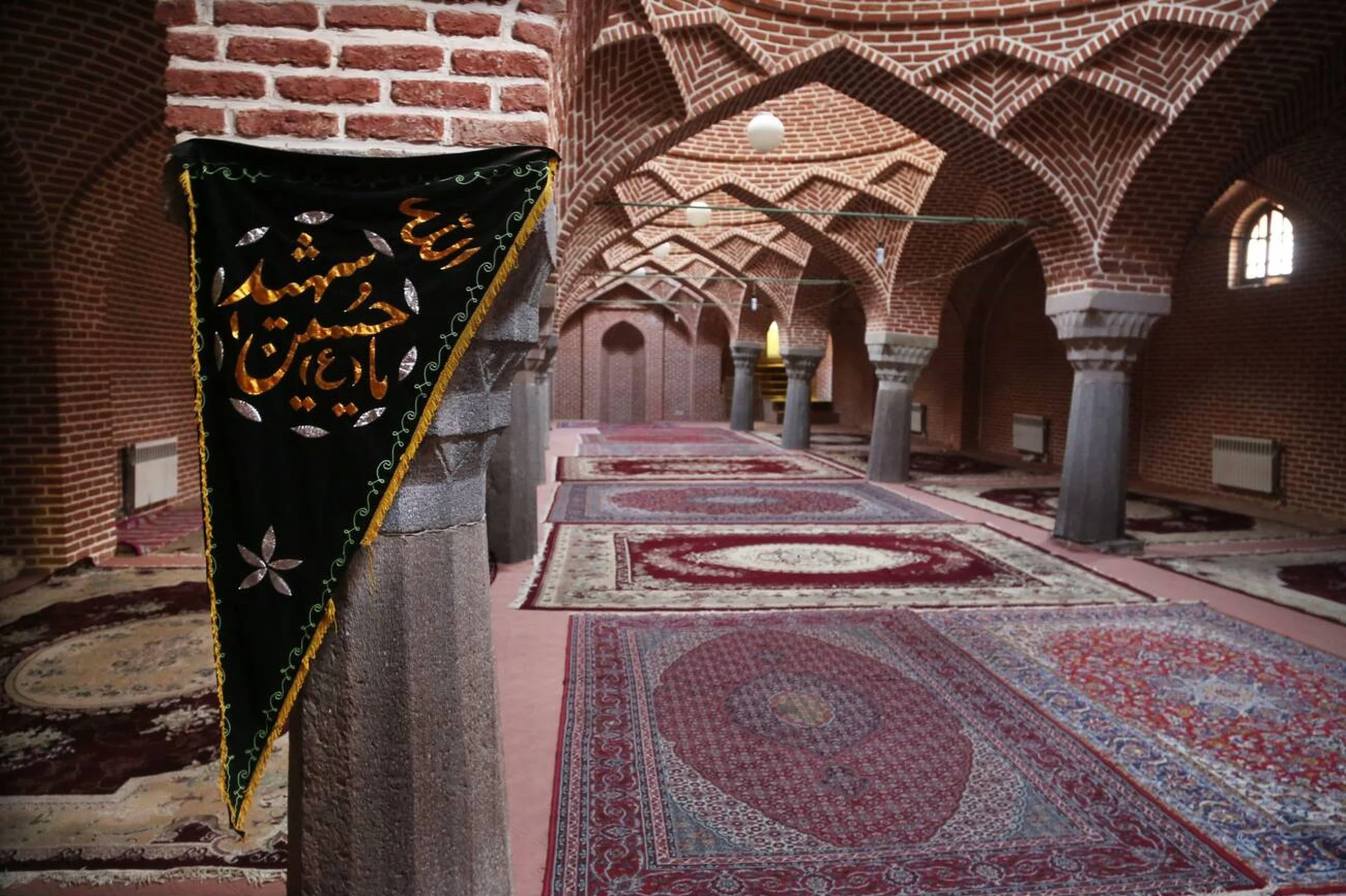
The Shabestan: A Testament to Timeless Craftsmanship
The shabestan (prayer hall) of Tabriz Jameh Mosque is perhaps the oldest surviving part of the mosque. Its octagonal columns, high brick domes, and repetitive arches create a hypnotic rhythm of space and shadow.
Historically, this space housed a grand dome ordered by Seljuq Shah Begum, wife of Uzun Hasan of the Aq Qoyunlu dynasty. Today, only partial tilework and some dome supports remain.
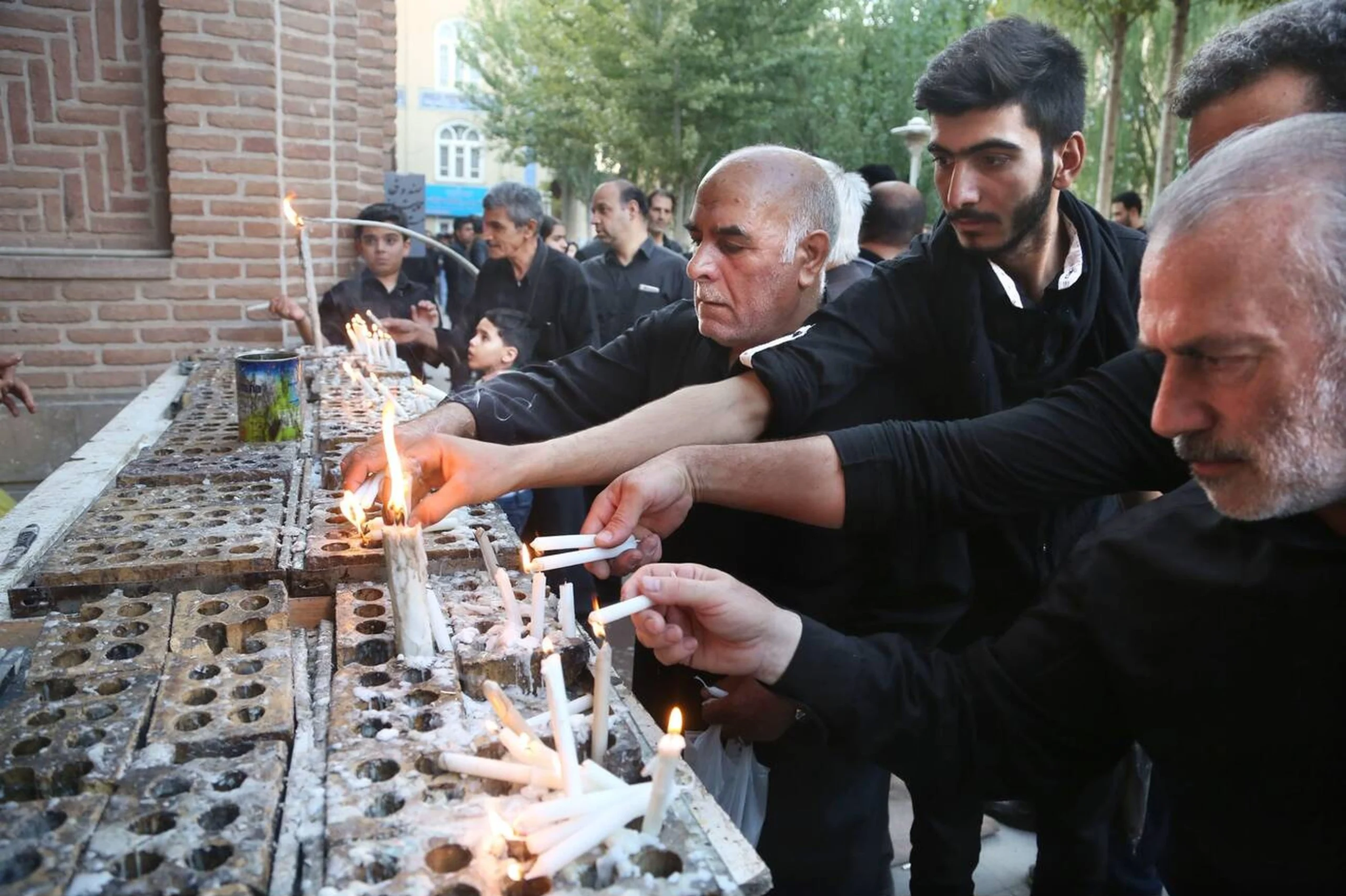
Why This Mosque Matters
Tabriz Jameh Mosque isn’t just a religious site. It’s a timeline in brick and stone, showcasing how architecture, politics, and religion intersected in medieval Iran.
Travelers seeking to experience Iran’s heritage beyond guidebooks will find Tabriz Jameh Mosque a living museum of craftsmanship. Each arch, inscription, and mihrab tells a story—if you know where to look.
Tips for Travelers
- Best Time to Visit: Spring and autumn for mild weather
- Dress Code: Modest attire is required. Women should bring a scarf.
- Nearby Attractions: Don’t miss the UNESCO-listed Grand Bazaar of Tabriz, right next door
- Local Tours: You can book custom tours via SURFIRAN or check travel services on OrientTrips
Final Thought
From Seljuk minarets to Qajar-era halls, the Jameh Mosque of Tabriz is a destination that deserves more than a glance. It invites you to stand still, look up, and listen—to the story of a city told through arches, stones, and centuries.
Whether you’re a history buff or a first-time visitor to Iran, this mosque promises an experience shaped by silence, reverence, and architectural wonder.
